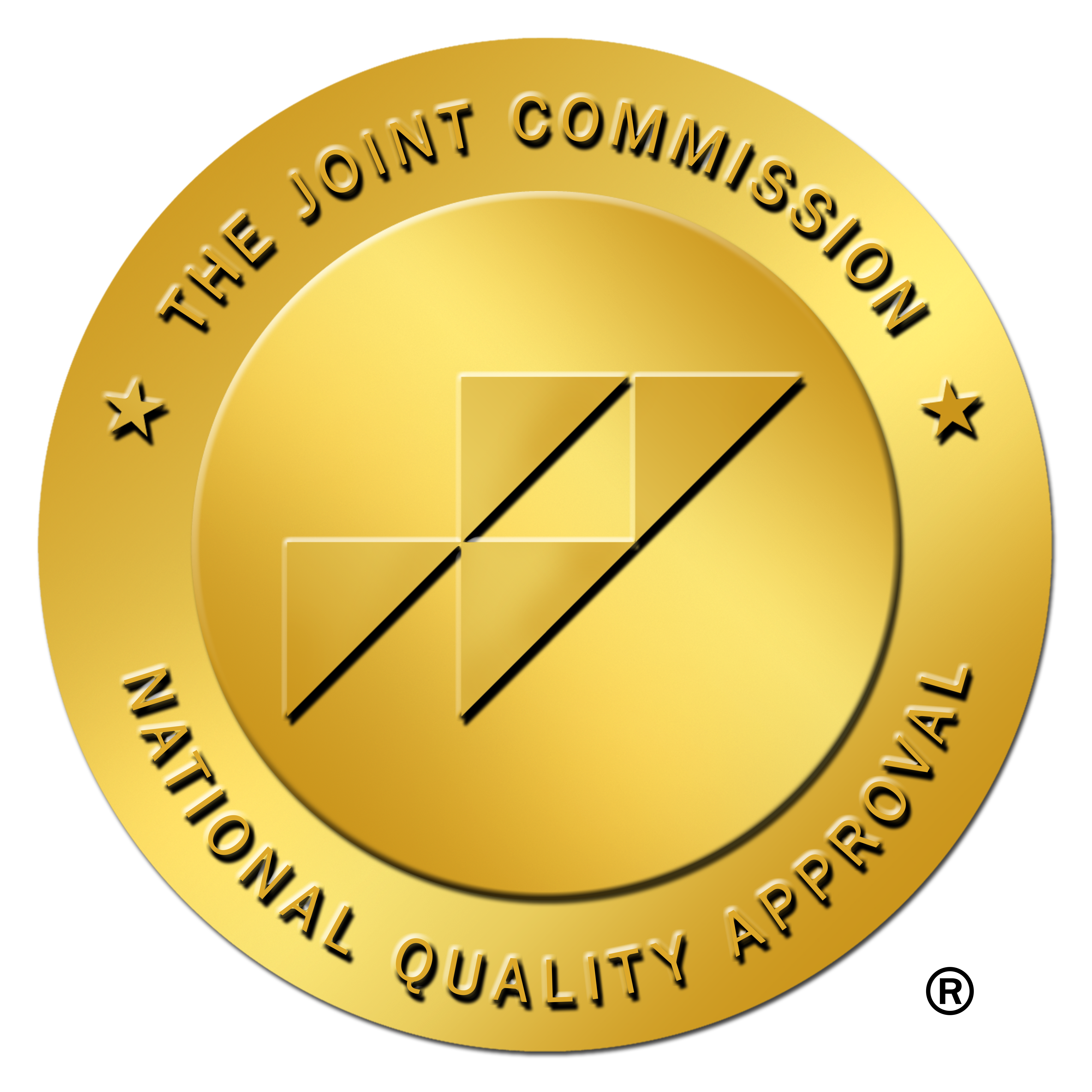It can be difficult to tell if a person is high or overdosing on opioids. To tell the difference, it may be helpful for you to know what opioids are, how they affect the body, and what to expect with symptoms from an overdose.
What Are Opioids?
The opium poppy plant naturally produces the class of drugs known as opioids, which affect the brain.
Prescription opioids are used as painkillers, but these substances are also sold illegally. An example of a street drug opioid includes heroin.
In addition to controlling or alleviating pain, opioids can cause a person to feel relaxed, high, or happy. Because of this, opioids are potentially addictive. Negative side effects of opioids include nausea, constipation, slowed respiratory function, drowsiness, and confusion.
Information About Opioid Use
Around the world, approximately 269 million people used drugs at least one time in 2018. This represents 5.3% of the global population between the ages of 15 and 64.
Of that group, 58 million used opioids. The majority of people who are opioid-dependent use illicitly manufactured and cultivated opioids, like heroin. However, the number of people abusing prescription opioids is on the rise.
The Names of Common Opioids
Although opioids do relieve pain, they are narcotics, meaning they are not the same as over-the-counter painkillers like Tylenol or aspirin. Common examples of prescription opioids are:
- OxyContin
- Vicodin
- Morphine
- Fentanyl
What Is an Opioid Overdose?
An overdose is a biological response when a person’s body gets too much of a substance or a mix of substances.
A person can overdose accidentally, or the overdose could be intentional. In 2020, according to the Centers for Disease Control and Prevention, more than 93,000 people died of a drug overdose. This is a rise of around 30% from 2019. Fentanyl played a major role in this increase.
The director of the National Institute on Drug Abuse spoke about this in a report to NPR. She said that this is the highest number of overdose deaths ever recorded in a 12-month period since 1999. According to the CDC, in 2020, 10 states are estimated to have a 40% rise in drug overdose deaths. These states are:
- South Carolina
- West Virginia
- Louisiana
- Kentucky
- Vermont
- Tennessee
- Arkansas
- Virginia
- California
- Nebraska
There are several ways that the human body can become overwhelmed by a substance. In the vast majority of cases, chemical overdose leads to respiratory failure.
Overdoses can be fatal, but thankfully, most individuals who have overdosed can be saved if they are given proper medical treatment quickly.
Why Is It So Easy to Overdose on Opioids?
Opioids are easy to overdose on because of how they function in the body post-consumption. The human body has opioid receptors in different areas. These include the peripheral nervous system, the brain, the gastrointestinal tract, and the central nervous system.
When a person uses opioids, the receptors are activated. This slows the body down. If the body becomes overwhelmed with opioids, opioid receptors become blocked, which means they lack the ability to perform other functions. When a person overdoses, breathing slows down. It can even stop.
Different opioids have varying severity of effects on the human body. For example, a person who takes heroin may not feel the effects of an overdose for several minutes. However, a person who uses fentanyl may feel the effects of an overdose in a couple of seconds.
What Happens to the Body During an Overdose?
When a person is overdosing, he or she will exhibit signs of overdose. These include a slowed heart rate, fatigue, and slowed breathing. The brain and body are also affected during an overdose.
Blood Vessels
During an overdose, a person’s bloodstream becomes filled with opioids. This can lead to vein collapse, which suppresses normal blood flow in the body.
Brain
Opioids are “downers,” also known as depressors. This means that they inhibit the central nervous system. This decreases a person’s breathing and heart rate and can lead to loss of consciousness. The result could be death or a coma.
An overdose can literally cause the body to forget to breathe. One of the most significant risks of an overdose is oxygen deprivation.
Oxygen is key for human brain function. When oxygen is missing, brain damage can result. Toxic Brain Injury is a relatively new term describing the brain injury that a person sustains during an overdose.
There are two forms of brain injury that people experience as a result of lack of oxygen: hypoxic and anoxic brain injuries. A hypoxic brain injury happens when the brain does not get sufficient oxygen during an opioid overdose. Anoxic brain injuries happen when the brain receives no oxygen. The presence of either of these situations, coupled with the amount of time a person’s brain is without oxygen, determines how severe the injury is.
Toxic Brain Injury affects the brain in multiple ways. Opioid overdoses impact the distribution of nutrients needed for the brain to function properly. This can lead to direct damage, the death of brain cells, and brain injury.
Neurotransmitter receptors are often damaged, and brain chemical concentrations are altered. Opioids can also alter hormone levels and production. The impact this has on the brain will vary. It depends on the substance used, the duration of its use, and the amount of it used.
Heart
Cardiac arrest that is caused by opioid overdose is different than other forms of cardiac arrest. Opioid-associated cardiac arrest abnormally changes body functions. It presents differently than non-opioid-related forms of cardiac arrest. This is because people who suffer an opioid-associated cardiac arrest are typically by themselves or are in a private setting. They are not located near people who could identify the early signs of cardiac arrest and react quickly.
A unique feature of opioid-related cardiac arrest is that hypoxia often happens before the heart stops beating. This has important implications for brain injuries. Additionally, because opioids stay in the body for multiple days after the cardiac event, it is difficult to anticipate how the person will recover.
Lungs
Pulmonary complications are some of the most frequently reported consequences of an opioid overdose. Pulmonary edema, also called non-cardiogenic pulmonary edema, is where alveolar fluid accumulates in the lungs. This accumulation is caused by increased capillary permeability. The symptoms are seen most notably as a complication of fentanyl or heroin overdose.
In addition to pulmonary edema, aspiration is a common effect of opioid overdose. This is one of the most frequent complications for heroin overdose that requires ICU admission.
Who Is Most Likely to Witness an Overdose?
A study published in Substance Abuse indicates that individuals who use illicit drugs in public places are more likely to witness others overdosing. Some people have argued that these individuals would be good candidates for naloxone treatment training.
There has been a push for emergency responders to carry naloxone and for more U.S. citizens to carry the treatment for an opioid overdose. This is seen as a key response to the public health crisis that the opioid epidemic is creating.
An overdose is frequently witnessed by a person who does not recognize the danger that the overdosing individual is facing or by a person who may not want to act on what he or she is witnessing.
In many cases, overdoses are caused unintentionally by opioids mixed with benzodiazepines or alcohol. For this reason, it is key for people to recognize the signs of an opioid overdose. They should act to help the individual by either administrating care themselves or by contacting the appropriate health officials.
Preventing an Opioid Overdose
People can survive most opioid overdoses. However, it requires quick action by the others who notice that someone is overdosing.
If a person is overdosing on opioids, you might see signs like:
- Loss of consciousness
- Slowed and shallow breathing
- Pinpoint or constricted pupils
- Limp body
- Blue, pale, or cold skin
Steps to Take to Help Overdose Victims
An overdose is potentially life-threatening. However, if you witness someone experiencing an overdose, prompt action on your part may minimize the damage and increase the chances that the victim will survive.
1. Call 911
Immediately report the drug overdose. Give the operator the street address, the location of the victim, and other pertinent information. If the overdose happens inside a building and multiple people are present, send someone outdoors to wait for the ambulance and guide the emergency team to the victim.
2. Try to Wake the Victim
Pinch, yell at, or otherwise agitate the victim. You may be able to rouse him or her by rubbing your knuckles up and down the bony part of the middle of the chest.
3. Ensure that the Victim Is Breathing
If the victim is not breathing, administer rescue breathing. Pinch the victim’s nose to close it and blow into the mouth. Turn the victim on his or her side once he or she starts breathing independently.
4. Use an Opioid Antagonist
Naloxone is an example of an opioid antagonist. If you have naloxone and know how to use it properly, make use of it during the overdose.
5. Do Not Abandon the Victim
Wait with the victim until better-trained help arrives. Continue to use rescue breathing if the person stops breathing again. Once the paramedics come, encourage the victim to cooperate with the paramedics.
You may not know if the person you see is overdosing or if he or she is just experiencing a high. If you have a difficult time differentiating between the two, it is best to treat the situation like an overdose. Prompt action can save someone’s life.
If you are afraid that a person is getting too high, don’t leave him or her alone. If the person is conscious, get the victim up and walking around. Monitor breathing. Keep him or her awake and moving.
If you know a person has been using opioids and he or she is making unfamiliar sounds while sleeping, it is worthwhile for you to wake the person up. Many loved ones have mistakenly thought the user was snoring when the person was really overdosing. Intervening promptly can save someone’s life.
A person rarely dies immediately from an overdose. When people survive an overdose, it is because there was someone knowledgeable there who responded. The most important thing for you to do is to act immediately.
Defining Wellness Centers
At Defining Wellness Centers, we offer addiction and mental health treatment. Our overarching focus is encouraging personal wellness from highly trained and caring staff.
When you visit our locations, you will know that you have come to a unique facility specifically designed to help people like you and your loved ones get the care you need. Our facilities are nestled in idyllic environments that have been selected for their ability to encourage growth and wellness.
Defining Wellness Centers is a family-owned and -operated rehabilitation facility. Our family is deeply passionate about addiction treatment and mental health. We know the impact substance use disorder can have on families, so our family is dedicated to helping others.
Two main ideas are the core of our beliefs. First, we want to share the love, compassion, and understanding we have with our clients. Second, we want to use the best wellness modalities available today to help those battling substance use disorder. To do that, we have created programs that are built on evidence-based therapeutic techniques. We couple that with cutting-edge biotechnological treatments, experiential learning, and fitness to give our clients optimal results.
At Defining Wellness Centers, you will not find a cookie-cutter approach to treatment. We recognize that each of our clients is unique, so we treat every client with the dignity and respect that he or she deserves. We look forward to partnering with you and helping you see better outcomes on your journey to sobriety.



















